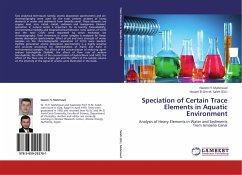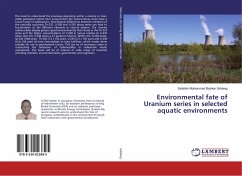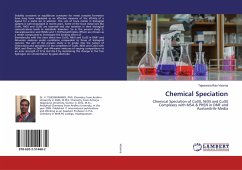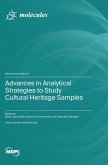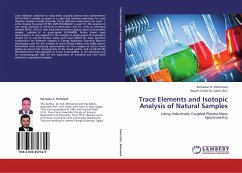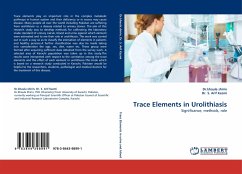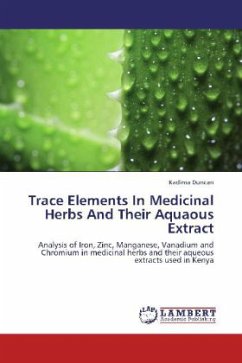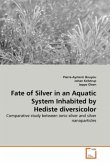Two analytical techniques namely, atomic absorption spectrometry and ion chromatography were used for the total content analyses of heavy elements in water and sediments from Ismaelia canal. These elements are copper, lead, iron, nickel, cobalt, cadmium and manganese. Element speciation in natural water is important for its toxicity, bioavailability, environmental mobility and biogeochemical behavior. Ionic species of Cr(III) and the toxic Cr(VI) were separated by anion exchange ion chromatography. Total chromium in water samples is analyzed by flame atomic absorption spectrometer. Effect of pH and ionic strength of water samples on the chromatographic separation of Cr(VI) were studied. Hydride generation atomic absorption spectrometry is a highly sensitive and accurate procedure for determination of As(III) and As(V) in environmental samples. The effect of the concentration of reducing agent sodium borohydride (NaBH4), the effect of flow rate of sodium borohydride, the effect of the concentration of hydrochloric acid (HCl), the effect of the flow rate of argon gas and the effect of the sample volume on the intensity of the signal of arsenic were illustrated in the book.
Bitte wählen Sie Ihr Anliegen aus.
Rechnungen
Retourenschein anfordern
Bestellstatus
Storno

